Description
Emerson KJ2101X1-CA1 Displacement Processor Module for precision shaft and position monitoring
The Emerson KJ2101X1-CA1 is typically used in DeltaV M‑series installations where precise displacement measurements—shaft position, thermal growth, or linear travel—need to be conditioned and brought into the control system reliably. From my experience, plants adopt this module when they want proximity probe or LVDT signals processed close to the rack, with stable diagnostics and straightforward integration through the DeltaV backplane. You might notice that it helps reduce wiring scatter by handling the signal conditioning right at the module, which in many cases improves noise immunity and simplifies commissioning.
Company’s Order Placement Process and Guarantees
- Warranty: 365 days
- Delivery: 1 week if in stock; no more than one month at the latest
- Payment: 50% advance payment, full payment before delivery
- Express: FedEx, UPS, DHL
Key Features
- Displacement signal processing – Designed to condition typical proximity probe or LVDT-type signals for shaft or linear position measurement.
- DeltaV backplane integration – Data exchange occurs over the system backplane; no extra gateways, which usually means fewer failure points.
- Multi‑channel capability – Supports multiple displacement channels per module (commonly up to 4), helping reduce cabinet footprint.
- On‑board diagnostics – Health/status LEDs and channel health checks help maintenance teams spot wiring or probe issues faster.
- Hot‑swap friendly – In most cases, modules can be replaced without removing the carrier, minimizing downtime during maintenance.
- Noise‑aware design – Suits shielded cabling and proper grounding practices, which typically improves signal stability in harsh environments.
- Redundancy support – Works within DeltaV redundant architectures, supporting higher availability for critical rotating assets.
Technical Specifications
Values below reflect typical characteristics for this series; exact figures can vary by system revision and project configuration.
| Brand / Model | Emerson KJ2101X1-CA1 |
| HS Code | 853890 (Parts for electrical control/distribution equipment) |
| Power Requirements | Supplied via DeltaV backplane; nominal 24 VDC bus; typical module consumption ≤ 5 W |
| Operating Temperature | 0 to 55°C (32 to 131°F) typical for M‑series modules |
| Dimensions & Weight | M‑series module form factor; approx. 130 × 50 × 130 mm; ~0.35 kg |
| Signal Input Types | Displacement inputs (e.g., proximity probe driver or LVDT interface); multi‑channel (commonly up to 4) |
| Signal Output to System | Processed values via DeltaV backplane to the controller; status/diagnostics |
| Communication Interfaces | Backplane only (no front‑port Ethernet/serial on the module) |
| Installation Method | Plug‑in to DeltaV M‑series carrier; field wiring via terminal block assembly |
Application Fields
This module is commonly used where precise mechanical movement must be monitored and fed into the control or protection strategy:
- Rotating equipment monitoring: turbines, compressors, large pumps (shaft displacement, axial position)
- Refining and petrochemical units tracking thermal growth and bearing clearance
- Steel and paper mills measuring roller position or linear actuator stroke
- Power generation balance‑of‑plant requiring trending of slow mechanical drift
One maintenance lead told us the channel‑level diagnostics helped them find a loose shield termination within minutes—something that previously took hours with a handheld meter.
Advantages & Value
- Native compatibility – Seamless DeltaV backplane integration reduces engineering time and spares complexity.
- Reliable measurement chain – Proper conditioning of displacement signals typically delivers more stable trends and alarms.
- Lower lifecycle cost – Multi‑channel density and hot‑swap replacement can reduce downtime and cabinet count.
- Future‑ready – Suits redundant architectures and standard field‑wiring practices, easing expansions later on.
- Supported spare strategy – Widely used M‑series footprint means easier stocking and faster swap during turnarounds.
Installation & Maintenance
- Cabinet & environment – Install in a clean, ventilated control cabinet. Keep within 0–55°C and avoid high vibration zones.
- Wiring – Use shielded twisted pair for probe runs; ground shields at the cabinet end. Separate from high‑power cables.
- Carrier & terminal blocks – Mount on the standard M‑series carrier; tighten terminal screws to spec to avoid intermittent readings.
- Commissioning – Validate polarity and gap/zero settings for displacement probes; trend a baseline before placing alarms in service.
- Routine care – Periodically verify channel health, clean dust from module faces, and apply firmware updates via DeltaV when recommended.
- Spare policy – Keep at least one spare module for critical assets; hot‑swap typically reduces outage time.
Quality & Certifications
- CE compliant
- UL/CSA (typical for M‑series industrial control modules)
- RoHS compliant
- Manufacturer warranty as per Emerson policy; sales warranty coverage: 365 days
Typical Supporting Components
Commonly paired hardware includes the DeltaV M‑series carrier, spring‑clamp or screw‑type terminal block assemblies, and shielded field‑cable kits for proximity probes or LVDTs. If you share your cabinet layout and probe type, we can recommend the exact carrier width and terminal assemblies that fit your wiring standard.
If your application involves mixed vibration and displacement, or you need buffered outputs for portable data collectors, let us know—there are configuration nuances that typically make a big difference in day‑to‑day reliability.


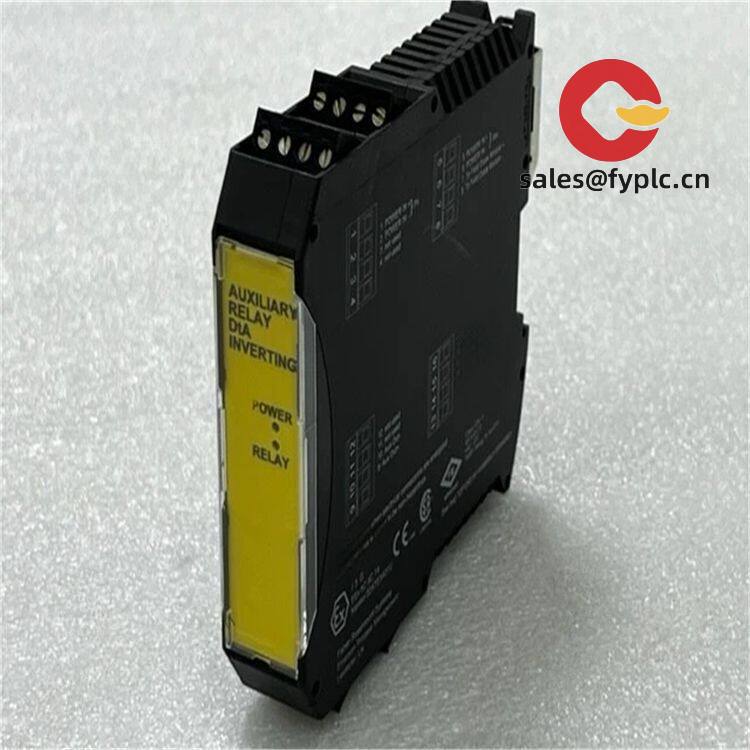
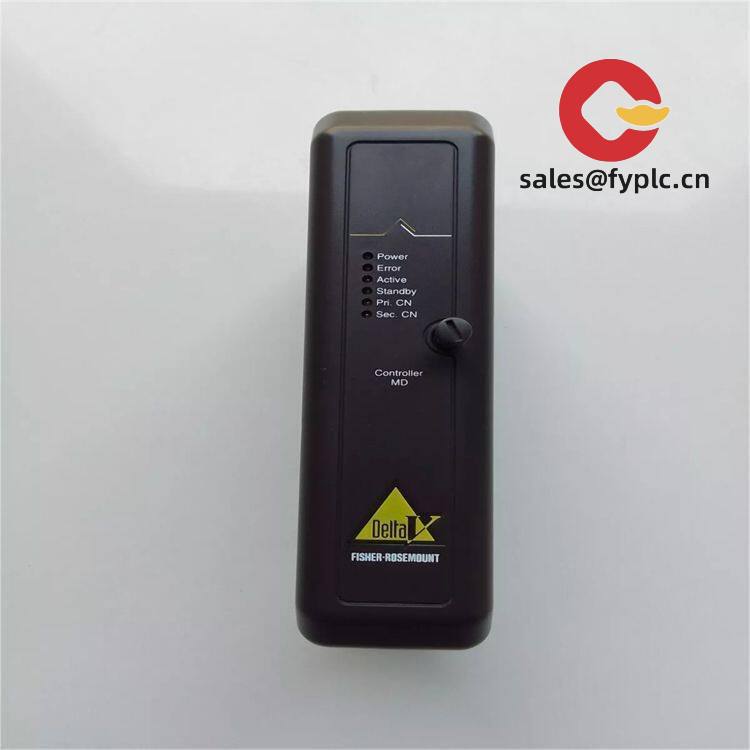






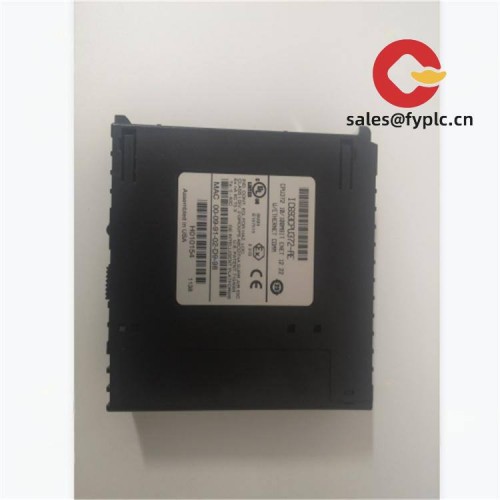
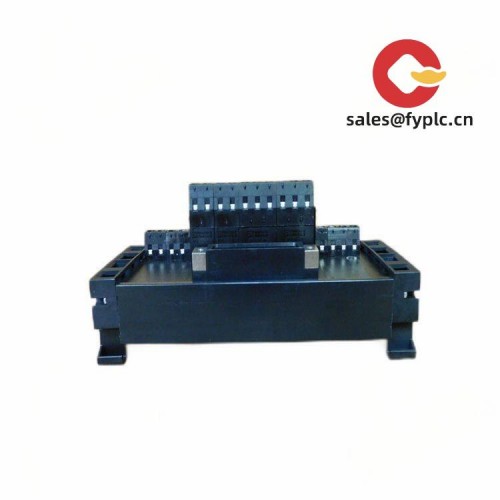
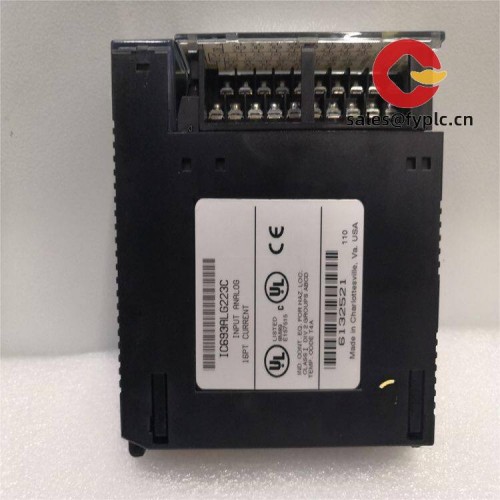


Reviews
There are no reviews yet.